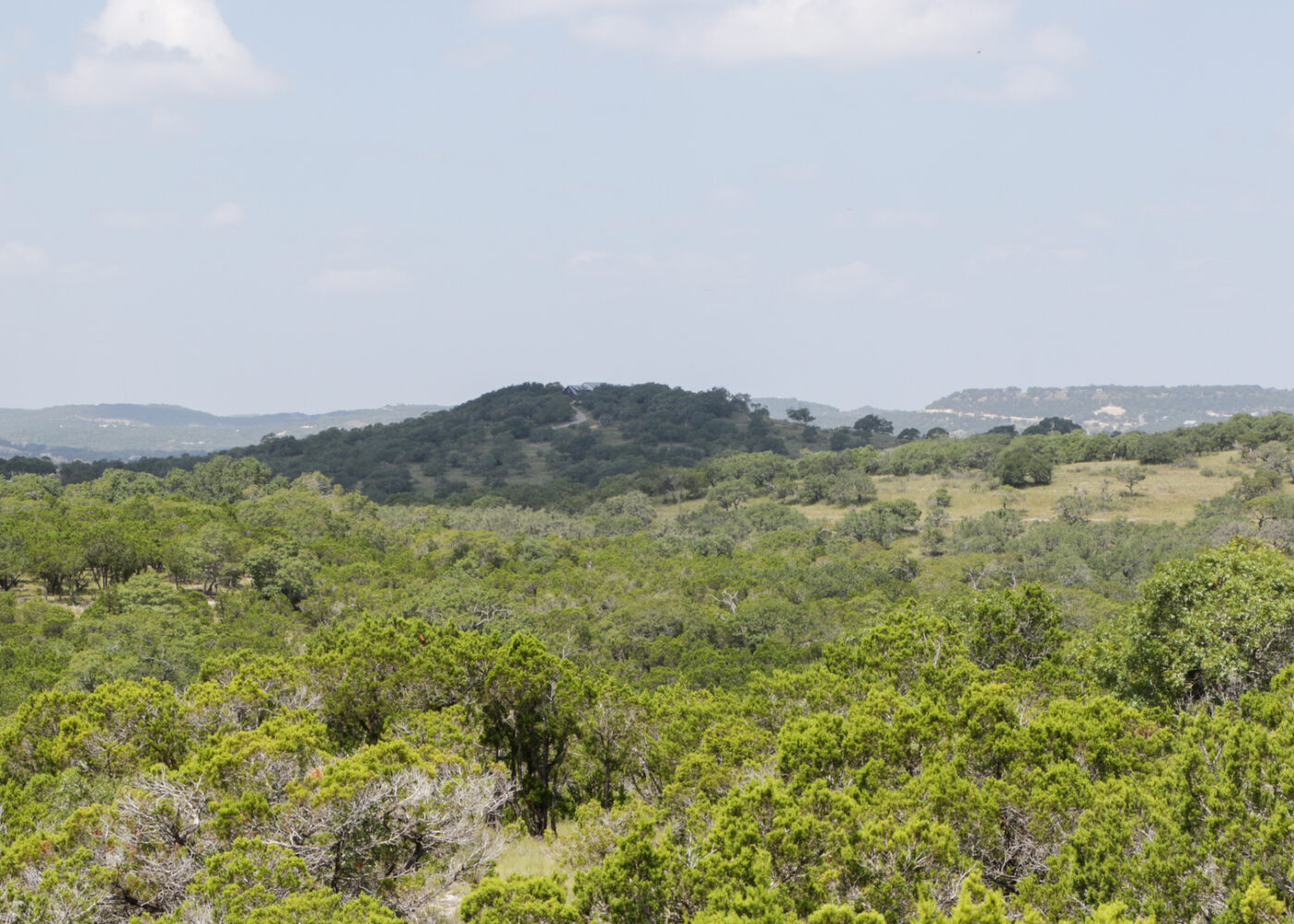With a diverse range of ecosystems, Texas presents unique environmental challenges and opportunities. In the Rio Grande Valley, communities face issues like urban heat island effect that has serious health and safety impacts to residents. To effectively address these challenges, we’ve developed targeted initiatives for the Valley.
Shaded ReLeaf Project
Through a collaboration with the University of Texas Rio Grande Valley, the Shaded ReLeaf Project aims to mitigate the effects of urban heat islands through natural solutions in underserved communities.
The goal is to increase the climate resilience and tree canopy in communities most affected by the urban heat island by investing in strategic tree plantings where they can have the largest positive impact to residents. These trees will also be put under a forest management plan to ensure long term tree care so the benefits can be felt for generations come.
To best identify communities most impacted by the urban heat island effect, that combines satellite data and the  to overlay socioeconomic factors, ground temperatures and tree canopy data. We aim to assist municipalities and communities to create tree planting initiatives based on equity, culture, and community needs.
View and/or download the Shaded ReLeaf project summary in English and Spanish.
Community forestry grants
We awarded over $14 million to 37 schools for schoolyard forest transformations through our Community Forestry Grants in 2024.
These grants create shaded greenspaces on school grounds and increase children and community accessibility to forested areas. This will not only provide cooler areas for children to play but also help reduce the urban heat island effect.
Additionally, these schoolyard forests will incorporate environmental education, making a significant and positive impact on environmental literacy for future generations. This initiative is designed to kickstart community greening efforts and help children learn about nature, in nature.
Through extensive geospatial analysis, we determined the 29 Crucial Greening Communities as communities where trees can make a significant positive impact. The grants give priority points to these communities during the review process. Factors that went into the analysis include canopy cover, the urban heat island effect, the climate and economic justice screening tool, social vulnerability index, public schools, and the Texas Forest Action Plan. Of the 29 communities, 16 are found in South Texas.
Community Forestry Grants are offered every year. To get all up to date information and when requests for proposals will open again, subscribe to our newsletter.
Urban heat islands
Urban areas experience higher temperatures than outlying regions because buildings and roads absorb and emit more heat than rural and natural landscapes where there is less pavement and more vegetation. This creates “heat islands” where urban temperatures are 1 to7°F hotter during the day and 2 to 5°F warmer at night than surrounding areas with less built environment.
According to the Urban Heat Island Report by Climate Central, McAllen ranks in the top 10% of all U.S. cities in heat island intensity. The Urban Heat Island effect is more pronounced in neighborhoods where energy insecurity is more extreme, there is crowded housing (especially with residents older than 65), and access to air conditioning is less common (related to income).
Trees reduce ground surface temperature through evapotranspiration and by providing shade. Water transpired from leaves cools the air and the ground, while shade blocks direct sunlight and reduces the solar radiation absorbed by the ground, lowering temperatures.
The U.S. Environmental Protection Agency provides additional information about the Heat Island Effect.
Tree planting in South Texas
Tree planting in South Texas is a vital initiative focused on enhancing environmental quality and community well-being in a region characterized by its hot, arid climate and rapid urban development.
Our efforts focus on drought-resistance native species that will provide shade to mitigate the urban heat island effects, improve air quality, and address social and environmental inequities by increasing green spaces in underserved communities.
The Shaded ReLeaf team focuses on tree plantings in accessible public spaces that are sustainable and maintainable, and that promote community involvement like at schools and healthcare facilities, neighborhoods, and along rights of way.
Canopy equity
Trees are beneficial and can boost our health in many ways. They provide environmental benefits, such as heat reduction and improved air quality. They have positive social and psychological impacts. They even have economic value, saving energy, creating jobs, and increasing property value.
Unfortunately, unequal access to green spaces means that many communities do not fully benefit from these advantages. Disparities in the availability and quality of parks and natural areas can worsen health inequalities, with underserved neighborhoods often facing higher temperatures, poor air quality, and limited recreational opportunities.
Equity in community forestry includes strategic research and planning for communities based on access to trees and forests and socioeconomic, housing, and transportation data.
Practicing community forest equity is proactive in ensuring communities have access to trees and nature, which will positively impact overall community physical and mental health. To increase tree canopy equity and access to green spaces, data on surface temperature, tree canopy cover, and from the social vulnerability index, need to be analyzed to identify communities that should be prioritized in the Shaded ReLeaf project’s efforts.
